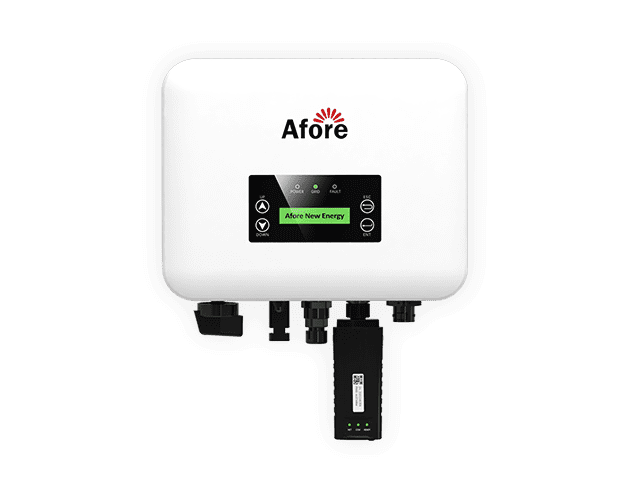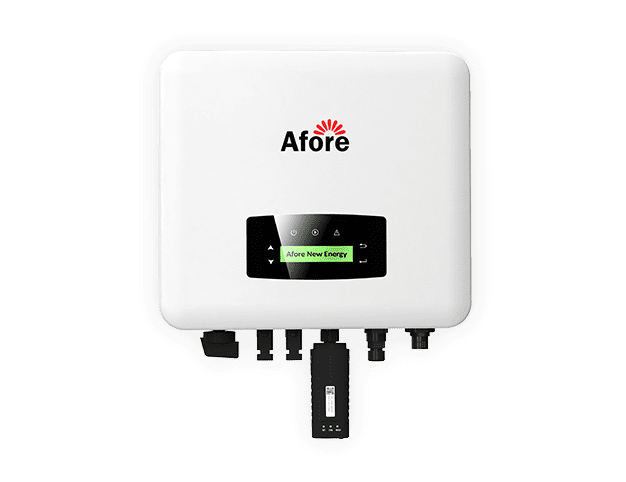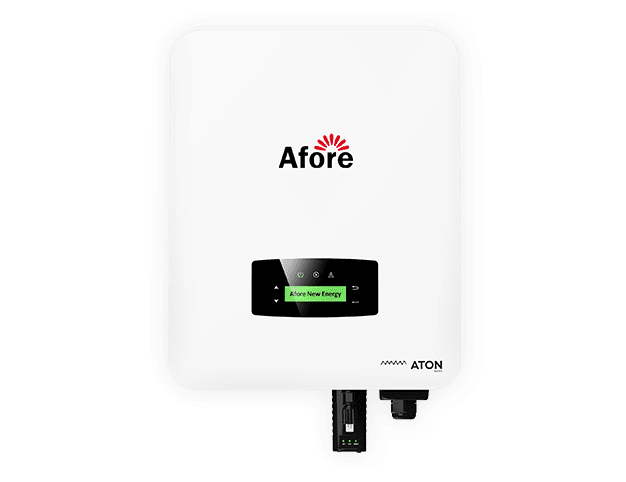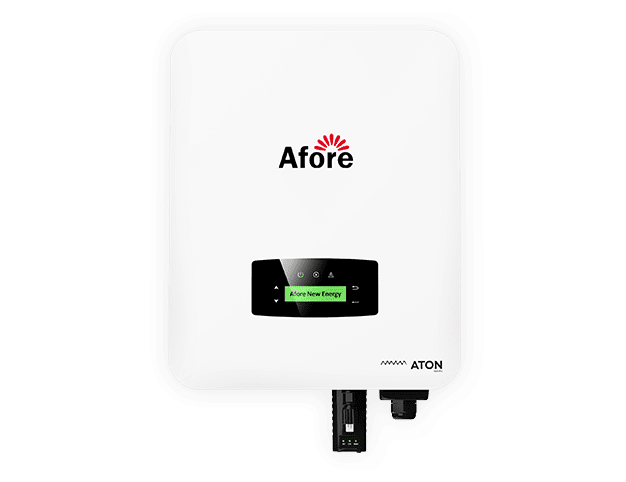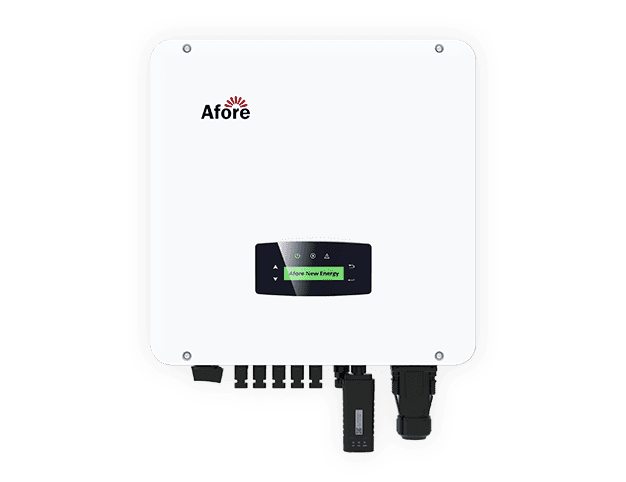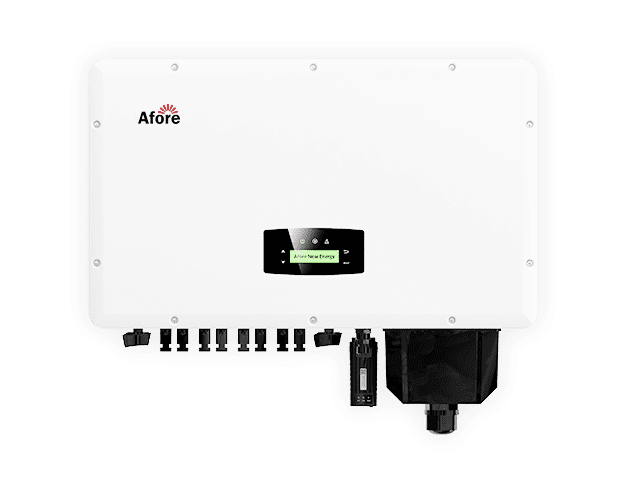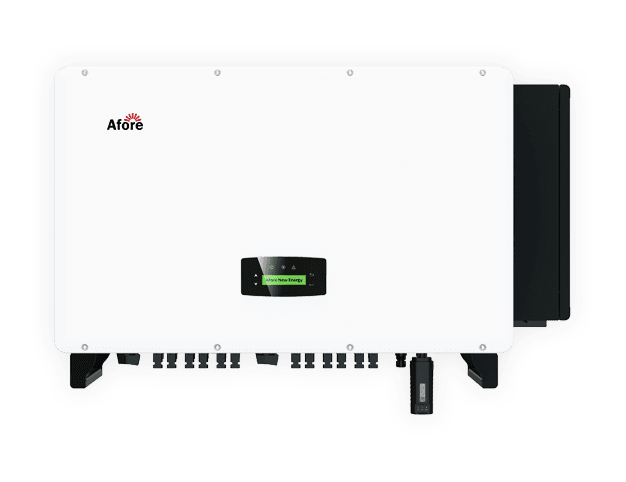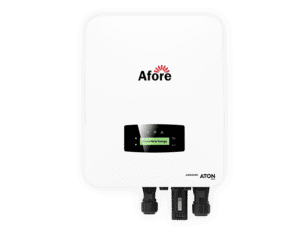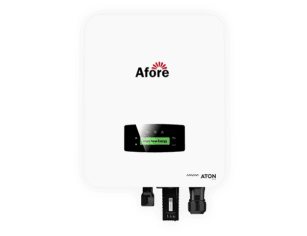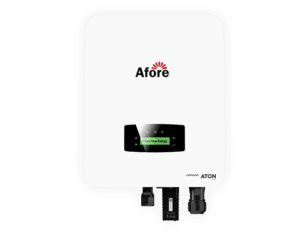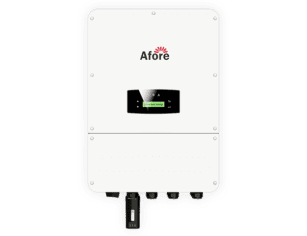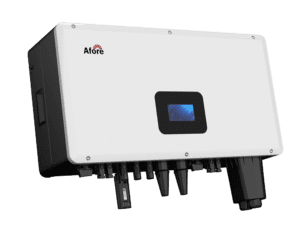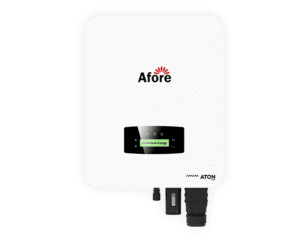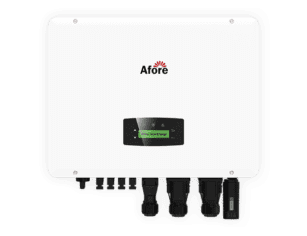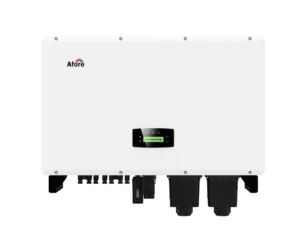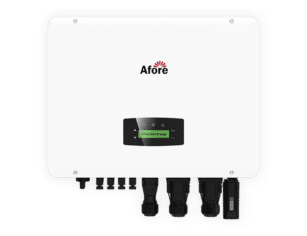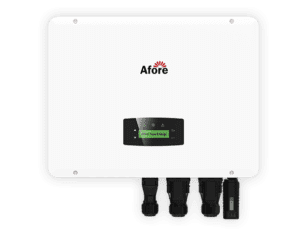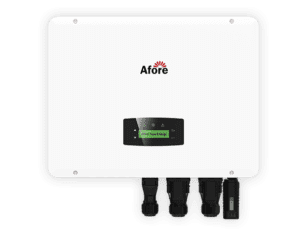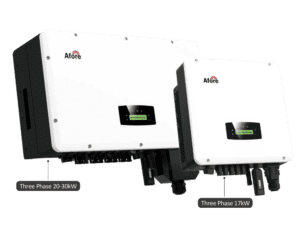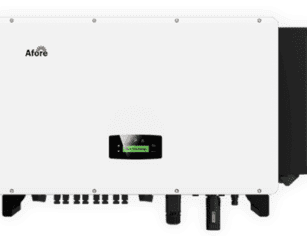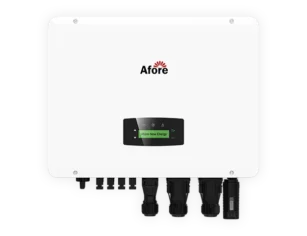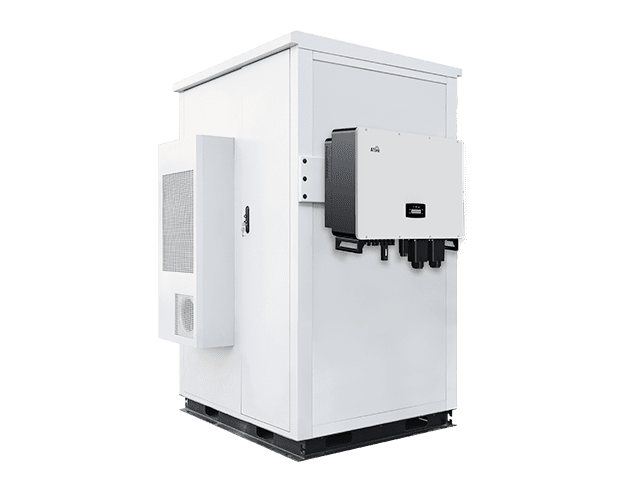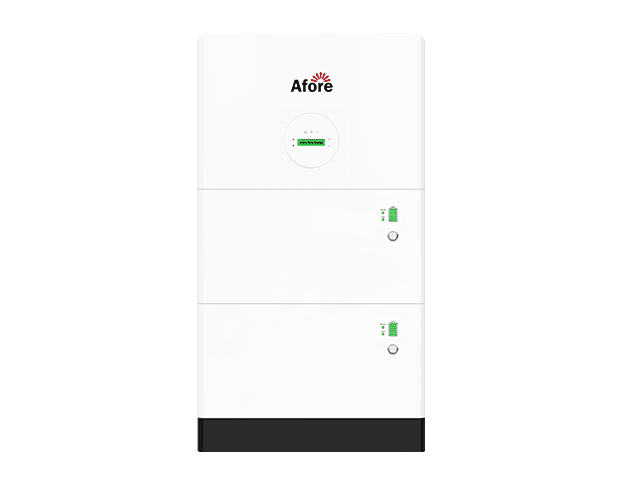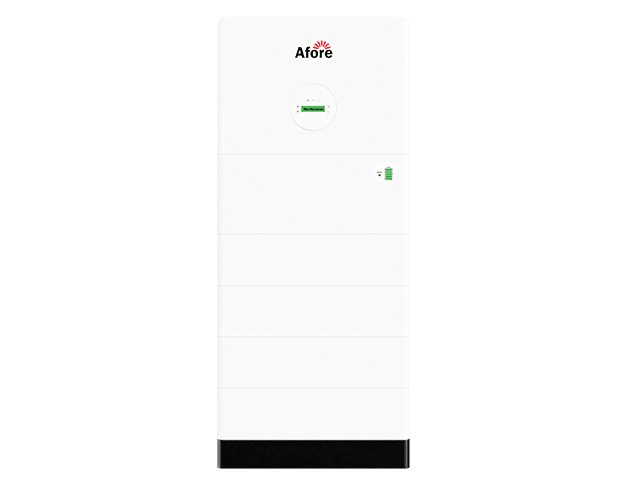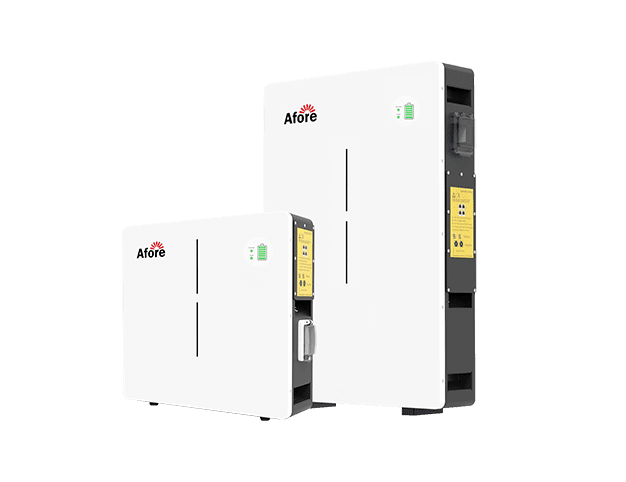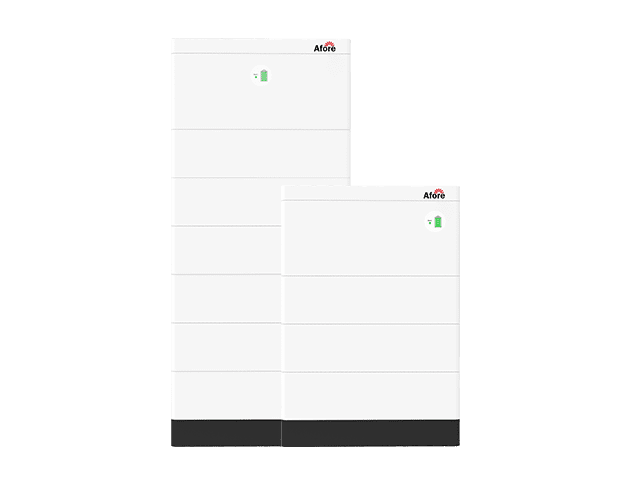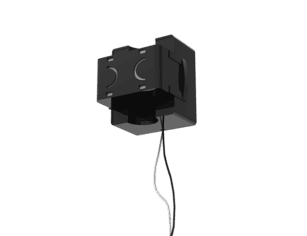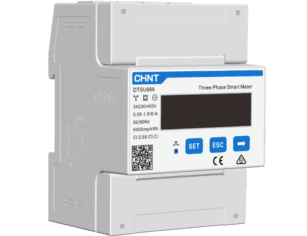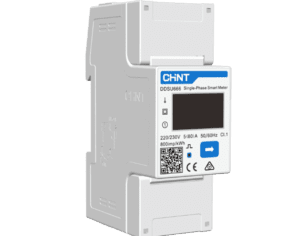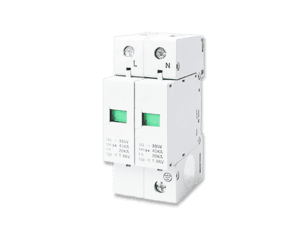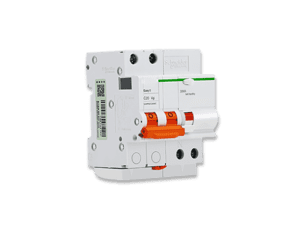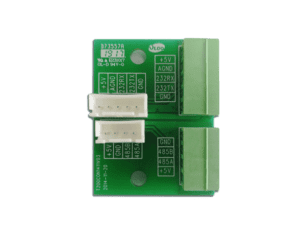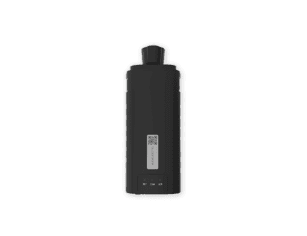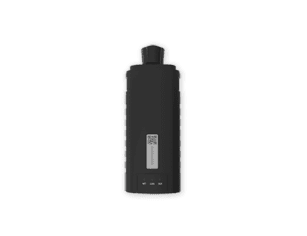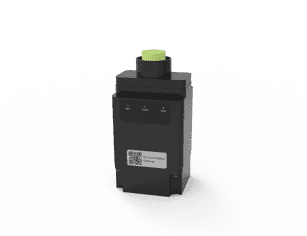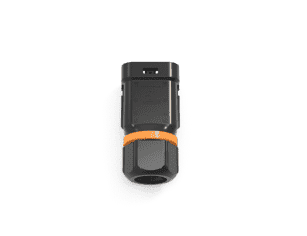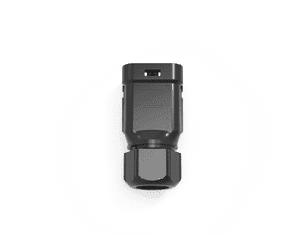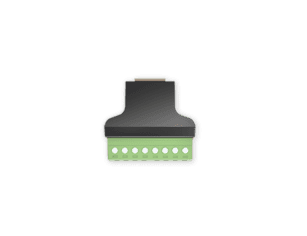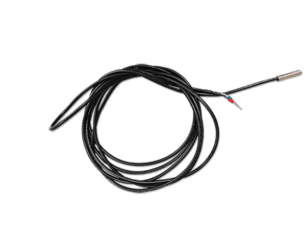Charging Tesla with Solar Panels: Save Money, Go Green
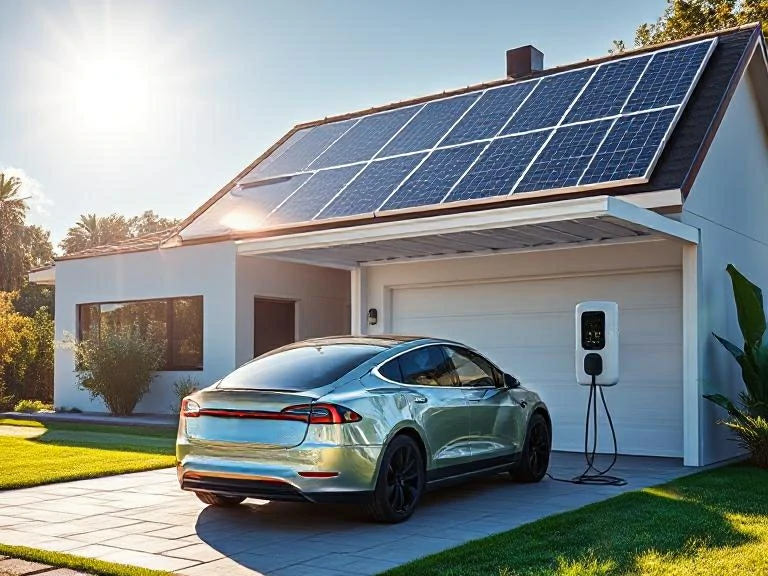
Table of Contents
The world is keeping a close eye on Elon Musk and his two booming clean-energy ventures after news broke of Tesla’s acquisition of U.S. solar installation giant SolarCity. The battle is a dual one against grid dependence and energy dependence. As a result, many people are wondering, can we charging Tesla with solar panels?
As we know, Tesla is among the top car manufacturers saving the world from fossil fuels with electric vehicles.
However, Even if charging a Tesla costs 70 percent less than filling a tank, we’ll still need to pay a modest amount for electricity generated from oil and gas. But if we’re going to charge Tesla with solar panels energy, then we’ll save money on electricity bills while helping the environment.
Therefore, in this article, we will discuss something about charging Tesla with solar panels.
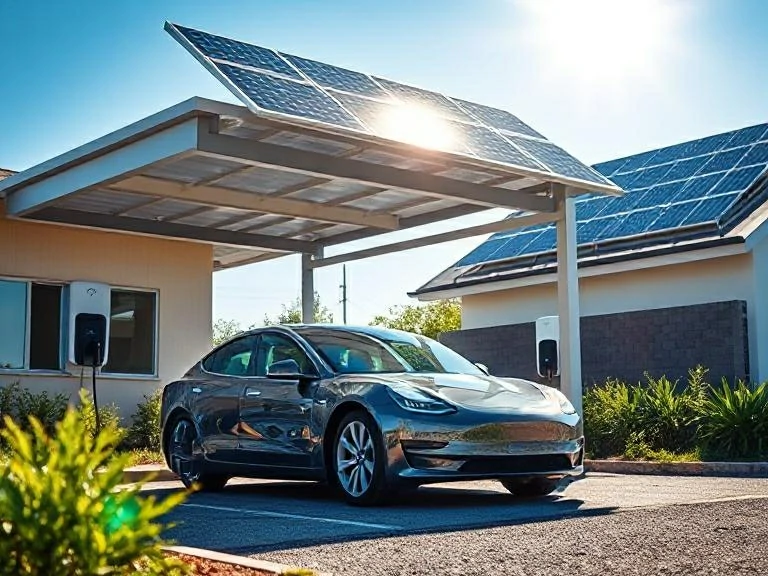
Introduction to Tesla
If you are new to Tesla, don’t worry. We will give you a brief introduction to Tesla. In accordance with Wikipedia, the Tesla is an American multinational automobile and clean energy company headquartered in Austin, Texas. Tesla designs and manufactures electric vehicles (electric cars and trucks), battery energy storage from home to grid-scale, solar panels and solar roof tiles, and related products and services.
Tesla is one of the world’s most valuable companies and remains the world’s most valuable automaker with a market capitalization of more than US$840 billion. In 2021, the company had the most worldwide sales of battery-electric vehicles and plug-in electric vehicles, capturing 21% of the battery-electric (purely electric) market and 14% of the plug-in market (which includes plug-in hybrids).
Through its subsidiary Tesla Energy, the company develops and is a major installer of photovoltaic systems in the United States. Tesla Energy is also one of the largest global suppliers of battery energy storage systems, with 3.99 gigawatt-hours (GWh) installed in 2021.
Tesla was incorporated in July 2003 by Martin Eberhard and Marc Tarpenning as Tesla Motors. The company’s name is a tribute to inventor and electrical engineer Nikola Tesla. In February 2004, via a $6.5 million investment, Elon Musk became the largest shareholder of the company. He has served as CEO since 2008.
According to Musk, the purpose of Tesla is to help expedite the move to sustainable transport and energy, obtained through electric vehicles and solar power.
Tesla began production of its first car model, the Roadster sports car, in 2009. This was followed by the Model S sedan in 2012, the Model X SUV in 2015, the Model 3 sedan in 2017, and the Model Y crossover in 2020.
The Model 3 is the all-time bestselling plug-in electric car worldwide, and, in June 2021, became the first electric car to sell 1 million units globally. Tesla’s global sales were 936,222 cars in 2021, an 87% increase over the previous year, and cumulative sales totaled 3 million cars as of August 2022. In October 2021, Tesla’s market capitalization reached $1 trillion, the sixth company to do so in U.S. history.
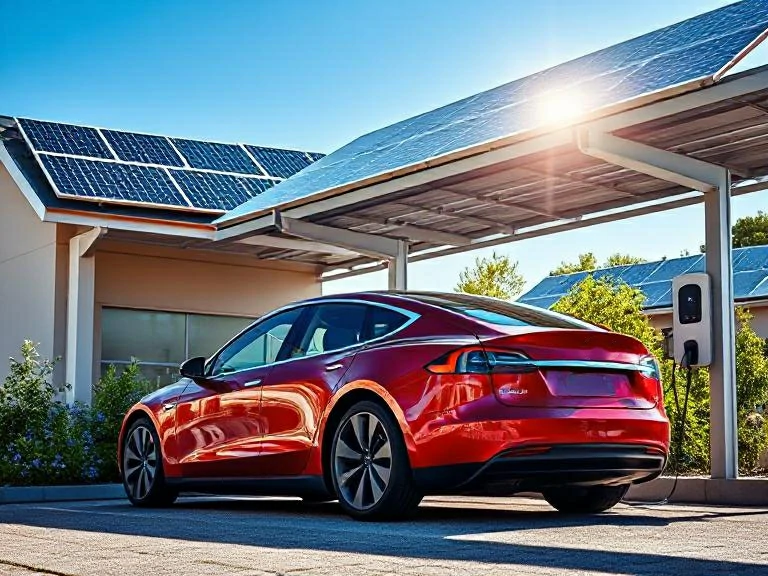
Why Charging Tesla with Solar Panels?
First things first, choosing an electric car Tesla is just a smart thing. Even in the most expensive electricity market, charging an electric car is cheaper than buying gasoline for an internal combustion engine (ICE) car. Maintenance costs for electric vehicles are also reduced by about 25% compared to ICE vehicles. Finally, electric vehicles do not pollute the environment by burning fossil fuels.
However, there is a better choice: charging Tesla with solar panels. Charging a Tesla with solar panels has a number of specific advantages.
Cheaper
Perhaps best of all, charging Tesla with solar panels is cheaper. The Levelized cost of solar energy is cheaper than grid power in most cases. The cost of grid power goes up over time, while solar panels keep producing electricity without additional cost.
In almost every US state, the long-term cost of solar panels is lower than buying electricity from the grid. In some cases, the cost of producing your own solar energy is more than 50 percent lower than buying grid electricity. You can install enough solar panels to meet your home’s energy needs and charge Tesla with solar panels power, and save thousands of dollars over time. In addition, solar panels come with a warranty for at least 25 years of electricity generation, so you’ll save money for a long time to come.
Another huge benefit of charging Tesla with solar panels is that solar panels are far less polluting than electricity from the grid: 450 gallons of gas results in 8,820 lbs of CO2 emissions; 3,780 kWh of California grid power makes 1,531 lbs of CO2 (0.41 lbs/kWh + 35 lbs CO2 from EV lithium battery production); 3,780 kWh of home solar energy makes 368 lbs of CO2 (0.088 lbs/kWh + 35 lbs CO2 from EV battery).
Therefore, switching to the electric Tesla already means you reduce emissions by eliminating the need for gasoline and oil, but electricity from the grid still comes mostly from natural gas and coal. A few solar panels on your roof will be enough to charge your first electric car, second, third, and so on. Again, the panels will last at least 25 years. No wonder they call it renewable energy.
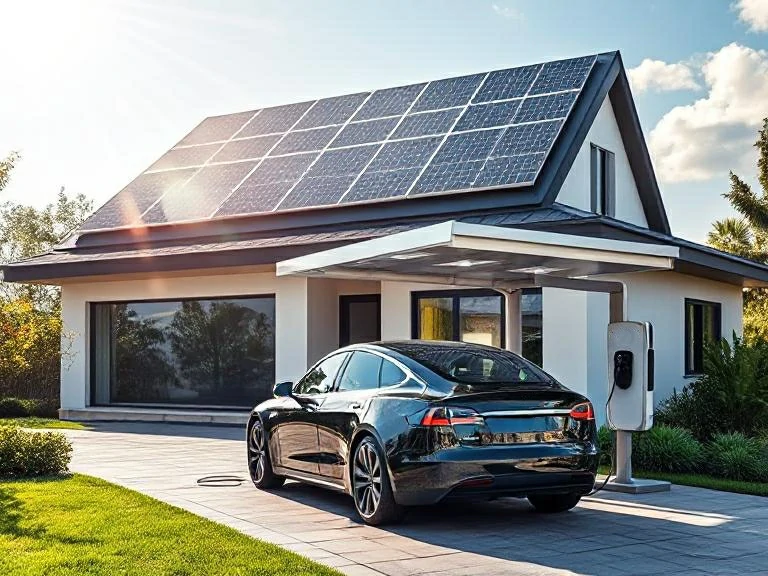
How do you charging Tesla with solar panels?
1. Setting up a Tesla Solar Charging Station
The first step to charging a Tesla with solar panels is setting up a charging station.
This work will require several items such as:
- Solar cells/panels
- Solar cables (red and black)
- Solar Controller
- Solar inverter
- Solar batteries
- Battery cables (red and black per battery)
After you have all these basic items, select the structure you want to build. Since the charging station is for Teslas, you can set up a carport with solar panels on top. The best carports have a storage area where you have batteries and other charging station essentials.
Continue installing solar panels. Make sure the panels are secure so they don’t move or fly off the roof in strong winds. Next, you must set up the battery system and ensure that the battery is located in a dry area away from the component. Once the battery is in place, add the solar controller.
This is a vital piece of equipment that lets you know how much energy a solar panel produces from a solar cell. You can then connect all the different parts, including the inverter that converts the DC power to the AC power that Tesla needs.
If you are not up to the task, make sure you hire the services of a professional. This way, you can charging Tesla with solar panels power as soon as possible.
2. Get a Tesla Mobile Connector
Does your Tesla have a mobility connector? When you want to charge Tesla with solar panels power, you need a mobile connector to connect the car to the charging station. It’s easy to notice the Tesla Mobile Connector because it resembles a laptop charger. Charging Tesla with solar panels power can be more sustainable and cost-effective.
Connect the mobile connector to the wall plug in the charging station. Make sure the pins of the mobile connector are aligned with the plug for efficient use.
Note: It is best to use the 240V plug-in with the connector as this ensures a faster-charging speed. Push the adapter into the wall outlet at the charging station to begin charging the Tesla.
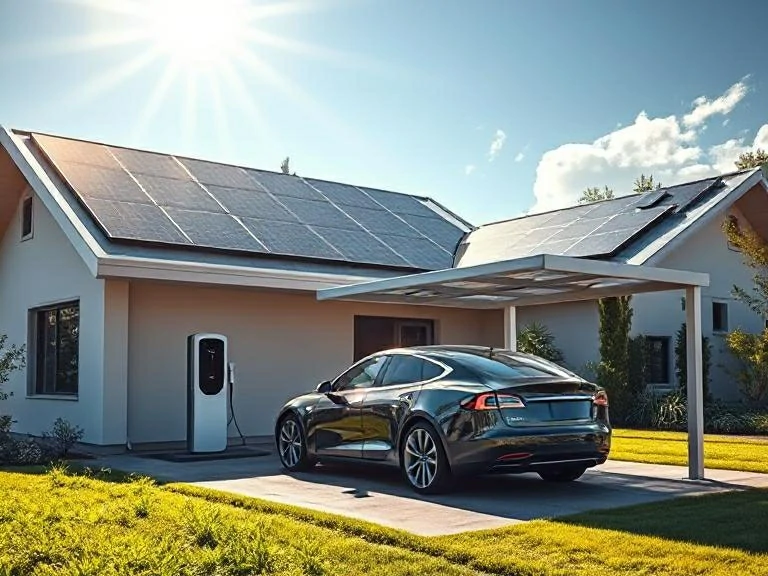
3. Insert the mobile connector into the Tesla
The other end of the mobile connector should be connected to your Tesla. Locate the charging port on the driver’s side of the car and plug in the connector. Usually, the charging port is located in the same location as the tank.
Hopefully, by this time, your solar panels have generated enough energy for charging Tesla with solar panels. Thanks to inverters, this energy can be harnessed to charge any solar-powered vehicle. The inverter ensures that solar energy generated as direct current (DC) is converted into usable alternating current (AC).
4. Leave your Car to Charge
Step 4 is giving the Tesla time to charge. If you use a 240V adapter, it will undoubtedly take lesser time to charging Tesla with solar panels. Otherwise, with a 120V adapter, you must give it time. A full charge can take up to 6 hours, so perhaps plug in your Tesla at night to be ready for use in the morning.
When fully charged, remove the handle. Find the button on the charging handle and press it. Wait for the indicator to turn white, and then you can continue to delete it. When you disconnect the handle, the charging zone door on the Tesla closes automatically.
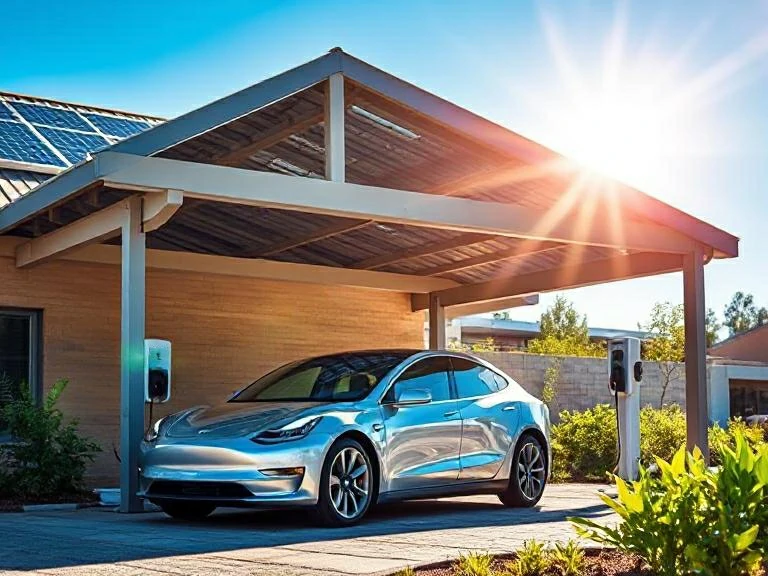
How Long Would It Take to Charge Tesla with Solar Panels?
It may take anywhere from 8 hours to several days to charging Tesla with solar panels. There are several factors to consider depending on the Tesla model, sun exposure, energy output, and how much charge the battery needs to reach 100%. For a particular example, one case study showed that under optimal conditions, the Tesla Model 3 took 40 hours to fully charge.
How Many Solar Panels Are Required to Charge a Tesla?
About 10 panels are needed to charging Tesla with solar panels. This is only an estimate though; in reality, the number of panels depends on several factors, such as the solar panel’s efficiency, the model Tesla being charged, and the power output of the connection being used.
Usually, the EPA uses a simple formula to calculate this. For starters, it’s equivalent to the kilowatt-hours a solar car would need to get 100 miles per gallon in a regular car. This helps determine the number of panels you need, as their power output is also measured in kW.
Let’s take the example of the American homeowner. If homeowners in the United States had a 5,000-watt (5 KWH) solar system, they would receive about 6,071 kWh per year.
If the system consists of 250-watt panels, that means the system has 20 panels capable of generating 5,000 watts of power. 250 watts x 20 panels = 5000 watts.
In this case, the shorter charging time is because the plant produces more power. However, if you have 10 panels, you can still charging Tesla with solar panels twice as much. Therefore, it is good to know the energy requirements of Tesla and its models for easy calculation.
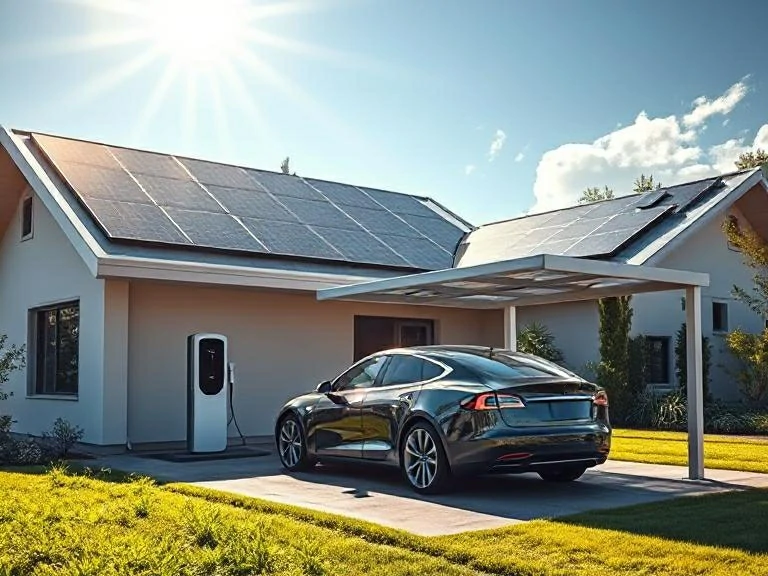
What Happens if Your Tesla Runs Out of Charge?
When your battery life is nearing the end, the message “Battery power is very low” will appear. Cooling and heating reduction If you continue to drive, a second warning will be displayed, “Car is shutting down, pull over carefully”. After a few moments, the car’s power will fail and you will hear an alarm.
Since some models can be carried and others cannot, it is recommended to load the car onto a flatbed truck to take home or to a charging station. Roadside groups are considering installing roadside emergency chargers in their cars, and the use of these chargers looks set to increase as the number of electric vehicles increases.
However, having an EV running out of battery energy is a no-no. While some solar-powered cars allow towing, a flatbed is the only way to move a Tesla out of charge. This means you can only move it with all 4 wheels off the ground. Charging Tesla with solar panels can help avoid such situations if you have a solar-powered charging solution available.
Usually, this requires calling a flatbed company that will charge you to transport the vehicle to the charging station. Towing a Tesla can lead to issues like overheating and other damages since the wheels maintain ground contact for the whole duration.
According to technical standards, even the lithium batteries used in electric cars should not be completely depleted. In order to prolong the life of the battery, it is best to discharge the battery to a maximum of 80%.
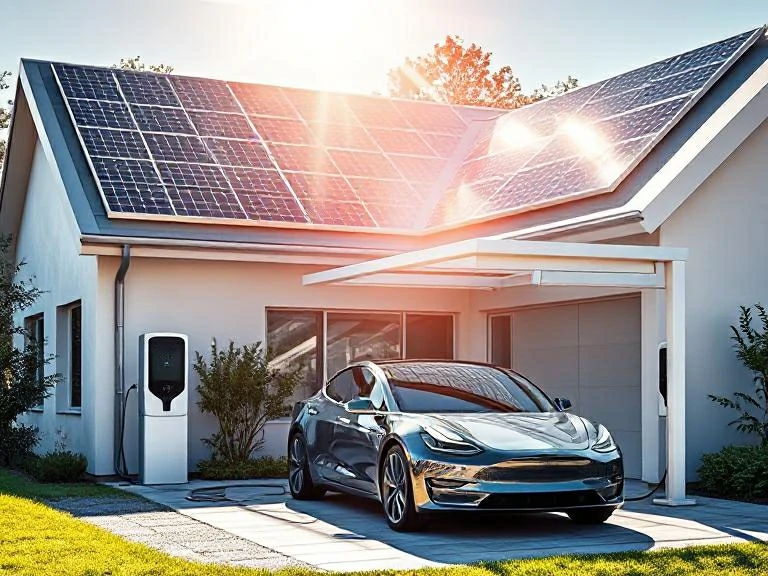
Conclusion
It doesn’t get any better than home solar panels and a Tesla. Charging Tesla with solar panels represents a major shift. Together, they spark a revolution in self-reliance while helping to create a better future for everyone.
Together, solar panel systems and electric vehicle charging stations offer a variety of advantages, as well as practical ways to generate and use solar energy. This configuration is necessary if one wants to install a solar panel system that will provide enough energy for a charging Tesla with solar panels. One has to consider whether or not to add a home charging outlet when deciding to install a solar panel system.
Even if you want to buy an electric car in the next two to three years, you should take this into account when designing your solar project, as this may affect the type of solar inverter and the number of solar panels you need. Your electric car can be charging Tesla with solar panels more economically by using solar panels, the number of which varies from 6 to 12.




